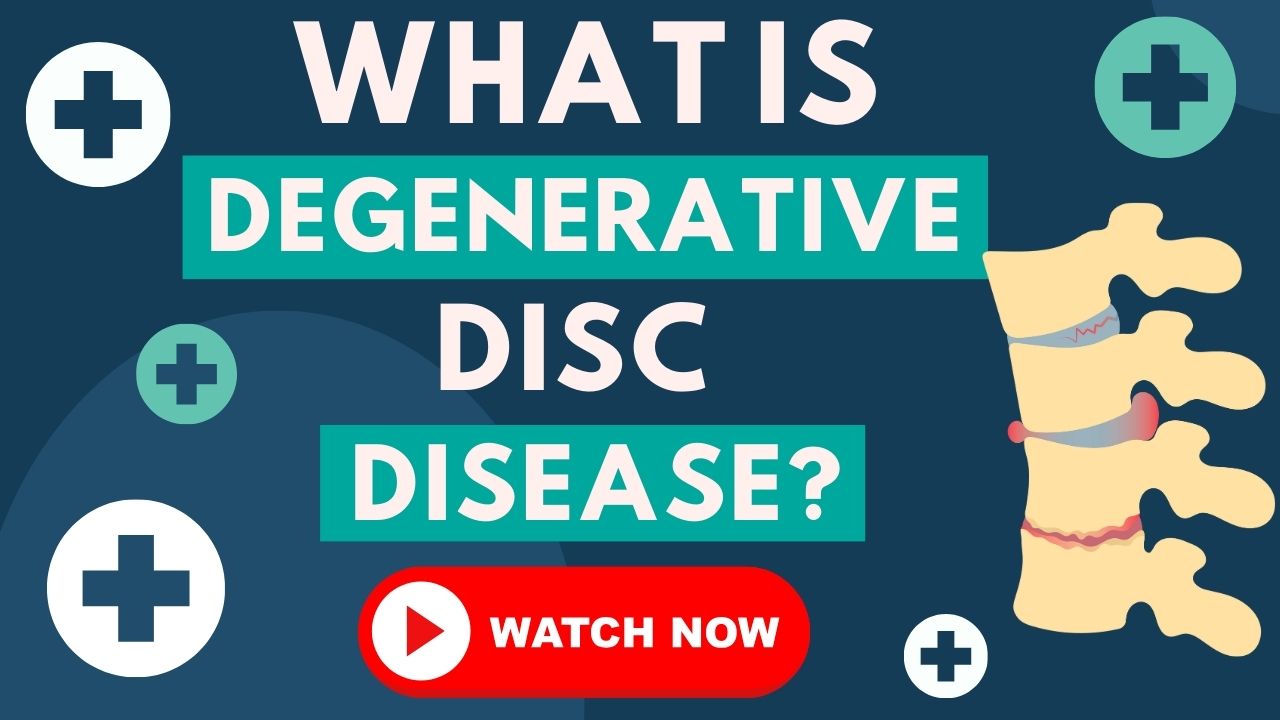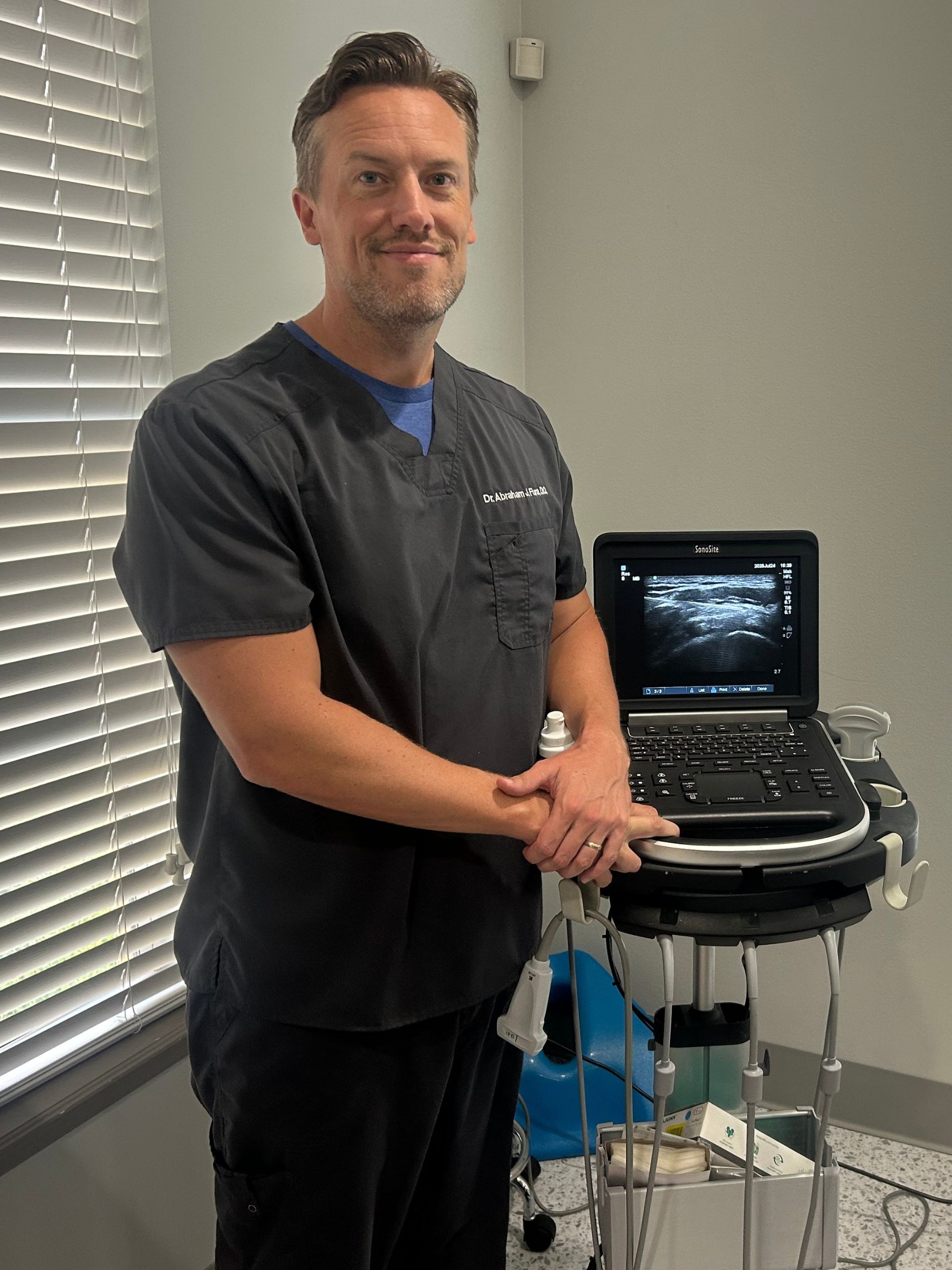
CONDITION OVERVIEW
Degenerative Disc Disease (DDD) is not actually a "disease," but rather a term used to describe the natural, age-related breakdown of your spinal discs. Over time, these shock-absorbing cushions can lose hydration, become brittle, and shrink in height. While this is a normal part of aging for many, the process can lead to pain, instability, and other conditions like bulging discs or spinal stenosis. The good news is that DDD is a manageable condition, and targeted treatments can significantly reduce pain and improve your quality of life.

ROOT CAUSES
While aging is the number one factor in disc degeneration, certain lifestyle choices, genetic predispositions, and past injuries can accelerate the process and determine whether it becomes painful.
Over decades, discs gradually lose water, becoming thinner, less flexible, and less effective at absorbing shock. This is the primary driver of DDD.
Years of physical labor, high-impact sports, or repetitive bending and lifting can put cumulative stress on the discs, speeding up their breakdown.
A significant injury to the spine from a fall, car accident, or other trauma can damage a disc and initiate a more rapid degenerative process.
A family history of spine problems, obesity (which increases load on the spine), and smoking (which reduces blood flow to discs) can all contribute to DDD.

RECOGNIZING THE SIGNS
The primary symptom of DDD is chronic low-level pain in the neck or back that can intensify with certain activities. Many people have DDD on an MRI with no symptoms at all.
A persistent, nagging, or aching pain localized to the lower back or neck, often described as the main source of discomfort.
Pain that goes from a low-level ache to a severe flare-up with activities like bending, lifting, twisting, or prolonged sitting.
Pain is often worse when sitting (which loads the discs) and feels better when walking, frequently changing positions, or lying down.
If the degenerated disc bulges and pinches a nerve, it can cause secondary symptoms of pain, numbness, or tingling that travel into an arm or leg.
As the disc loses height and function, you may feel a sensation of your back "giving out" or being weak and unreliable during movement.
The back or neck often feels stiff and sore upon waking, with pain and mobility gradually improving after you start moving around.
Chronic back or neck pain from Degenerative Disc Disease is common, but it doesn't have to control your life. An accurate diagnosis can lead to a comprehensive plan that effectively manages your symptoms and improves your function. Contact the Spine and Nerve Center Riverview to learn how to control your disc pain.